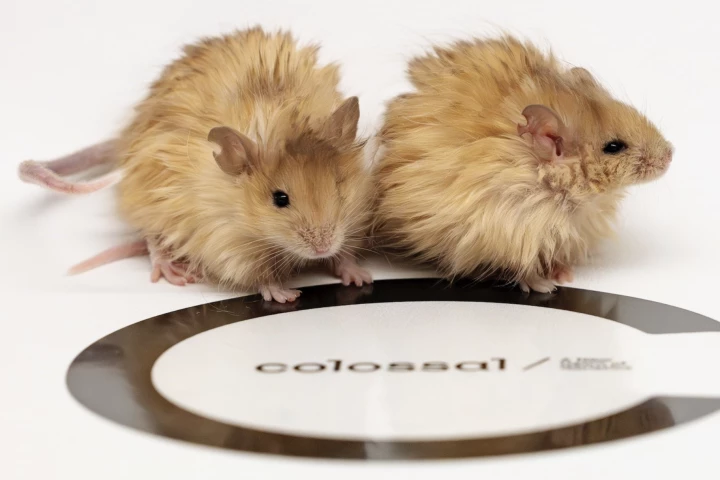Wooly mammoth
-
Scientists have sequenced RNA from a nearly 40,000-year-old woolly mammoth leg, the oldest ancient RNA ever recovered. These fragile molecules could reveal which genes were active in the animal’s final hours.
-
Sequencing mammoth DNA has already helped scientists map out how these Ice Age giants evolved, migrated, and survived. But there's a hidden layer of history still waiting to be decoded – the microbes that lived inside them.
-
The quest to resurrect the woolly mammoth has taken another step forward, with the creation of the Colossal Woolly Mouse. The lab-made rodents have been genetically altered to possess key physical traits of the extinct beasts – in fur and fat, at least.
-
Scientists have assembled the most complete woolly mammoth genome in 3D, thanks to an incredible “freeze-dried” specimen. With its DNA preserved in a glass-like state, chromosomes were found for the first time, and even gene expression patterns.
-
We’re edging closer to seeing a live mammoth for the first time. Colossal Biosciences, a company dedicated to the controversial-but-unquestionably-cool goal of resurrecting extinct species, has made a breakthrough in creating elephant stem cells.
-
Not content with the woolly mammoth and the thylacine, Colossal Biosciences has now announced the third animal on its de-extinction list – the dodo. The company has received new funding, and provided an update on its scientific progress so far.
-
Colossal has plans to resurrect the mammoth, and now it's revealed the second species on its de-extinction list – Australia’s lost thylacine. Partnering with a University of Melbourne lab, the project could revive the creature in about a decade.
-
A new company called Colossal plans to revive the woolly mammoth and reintroduce the species to the Arctic. And it isn’t meant to be just a tourist-trap Jurassic Park either – the aim is to restore a long-lost ecosystem to help fight climate change.
-
Scientists have tracked the entire life of a mammoth that lived 17,000 years ago, right down to the week. By studying the isotopes in different parts of its tusk, the team figured out where in Alaska it was at any given point in its 28-year life.
-
A new study published in the journal Nature is describing the extraction and sequencing of the oldest known sample of DNA. The sample comes from an ancient species of mammoth found in the Siberian permafrost and dates back nearly 1.2 million years.
-
Researchers have resurrected woolly mammoth genes, from one of the last known mammoth populations, in the lab. These mammoths were believed to have suffered genetic defects, and in tests the team found that the genes did not function normally.
-
The Pleistocene Park project is aiming to rebuild a lost Ice Age ecosystem in Siberia, and its directors, Sergey and Nikita Zimov, say it could help slow the effects of climate change. Now, the initiative is running a crowdfunding campaign to help transport a new herd of animals to the park.
Load More










